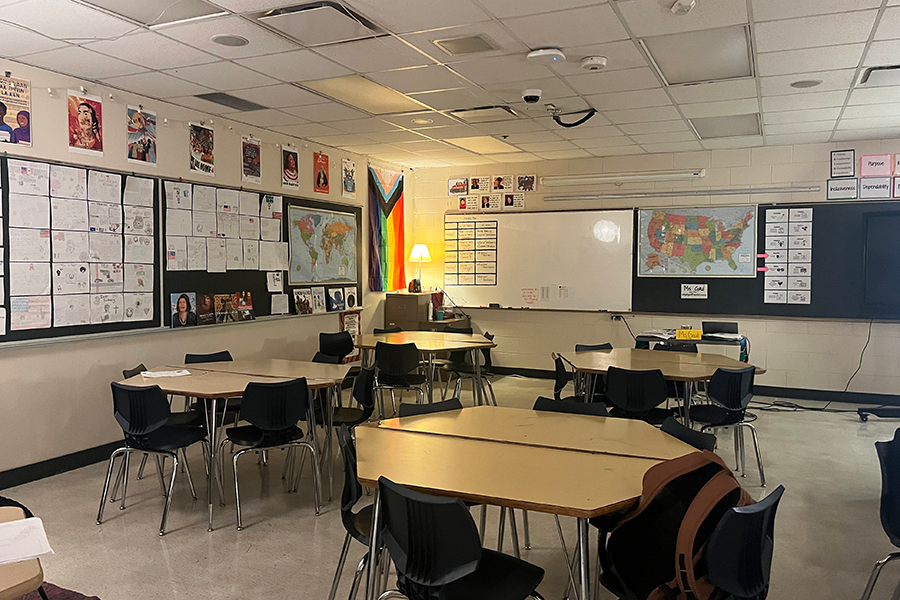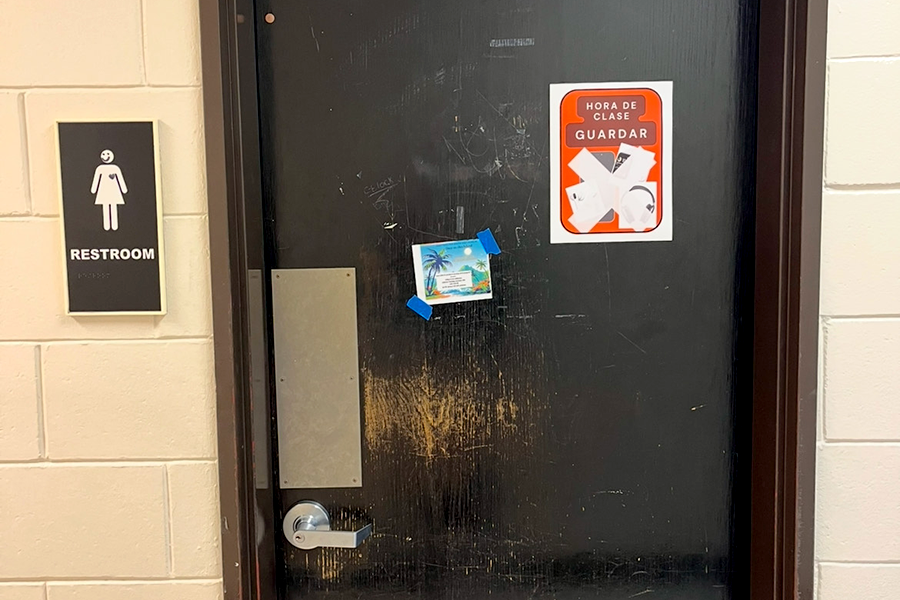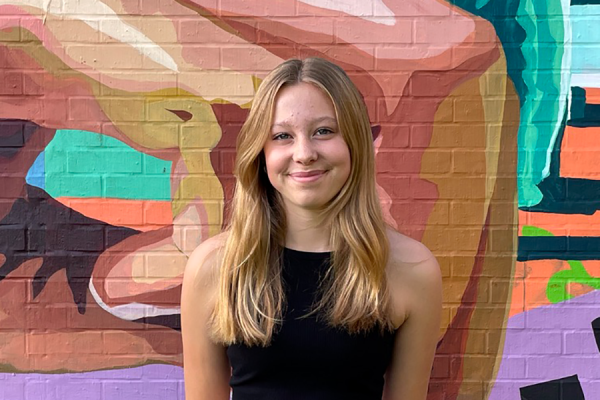Decorations inside classrooms can make a huge difference in how students perceive a class; being able to focus more on work and less on the room helps productivity. Having a classroom for students to feel represented and comfortable makes the class more enjoyable.
From another standpoint, too many decorations in classrooms can over-stimulate and distract students, keeping them from focusing on lessons and class work. Finding the right balance between a welcoming and well-decorated classroom is challenging, rather than an overly decorated one.
A study in 2014 showed that kindergarten classrooms performed better on tasks than in a classroom with just bare walls. In this study, they said it’s what you decorate your classroom with, not how you do it. We tend to see more mindful decorations in South, because of the content we are learning and how we are learning it. 10th-grade students George Lange and Edie Egerdahl agreed that a few fun posters, lamps, and student artwork were all in their ideal classrooms. “I enjoy having student art up, and bright posters,” Egerdahl said.
Lange said classroom decorations make them feel more productive, making it easier to work. “I think it relieves some of my stress. When I’m in a relaxed environment, I’m more relaxed.” Students can focus more on their work rather than thinking about how uncomfortable they are and how much they don’t want to be there.
Egerdahl said, “I really do appreciate when teachers put thought into their classrooms.” Egerdahl said plants and posters help a classroom, along with a light source other than the bright lights. “Fairy lights or lamps are so much better than the bright ones.”
U.S. History teacher Abby Gaul said something similar. “Sometimes school can feel very cold, and not welcoming. I try to counter that. If students have their basic needs met, then more learning can happen.” Gaul said she would describe her room as a welcoming and safe space for students. “It’s not my classroom, it’s our classroom,” she said. Having an inclusive environment for students to work in can make students feel like they are welcomed and celebrated in that space.
Amy Shafer-Mayhew, South’s Education Pathway teacher, said, “I try to make my room feel less like a classroom and more like a local cafe or a well-designed office.” Shafer-Mayhew says the budget can affect how a classroom looks and feels. She tries to take decorations from her house that she feels don’t fit quite right to use in her space. Gaul agrees with her, “Pretty much everything that you see in here that’s sort of special, it’s stuff that I bought with my own money.” Gaul said that after 12 years of teaching at South, she’s collected things like books, posters, flags, lamps, and more. Teacher’s dedication to a classroom shows that it’s more than just desks and chairs, it’s a learning environment for students to feel successful.








